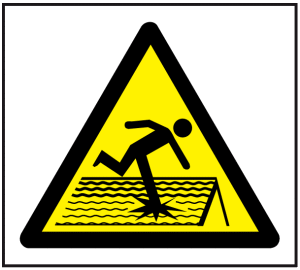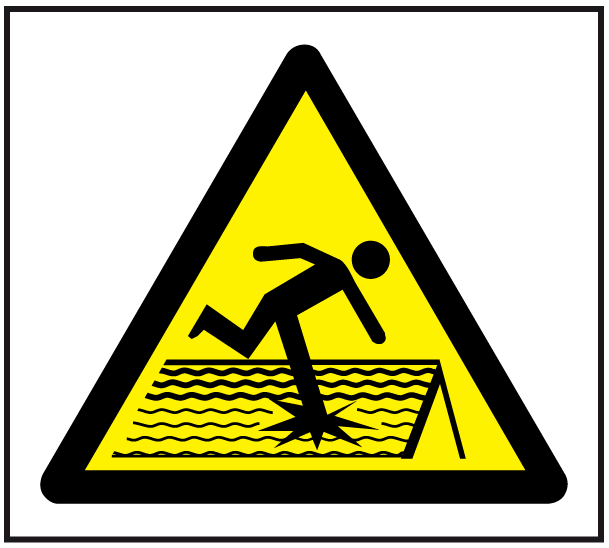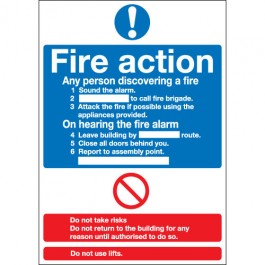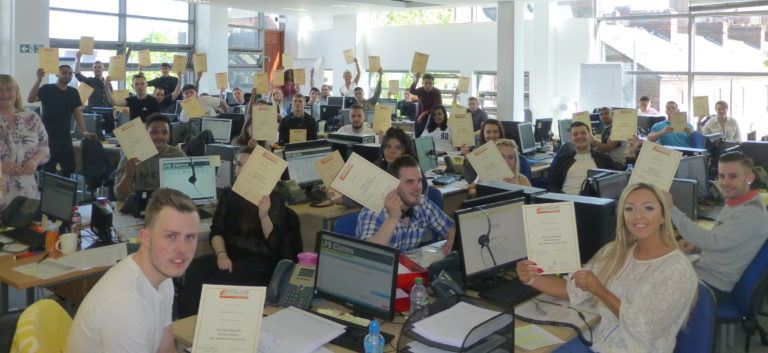Working at height can prove fatal
 Workers were allowed to walk on the roof, despite a sign on the building saying ‘Danger – Fragile Roof’.
Workers were allowed to walk on the roof, despite a sign on the building saying ‘Danger – Fragile Roof’.
Yet another sad reminder that working at height can prove fatal and in Mr Hoskin’s case it did. The Health and Safety Executive (HSE) investigation at the South Devon crematorium discovered that Mr Hoskin didn’t have any training or competency in roof work. Furthermore, there was no equipment in place such as crawling boards, work platforms or harnesses, which may have prevented or arrested a fall. Risk assessments and method statements were also not undertaken. Ms Williams, the owner, was aware that Mr Hoskins had no qualifications for working at height, and hadn’t identified whether he was competent to undertake roof work.
Work on roofs can be hazardous and often involves working at height for long periods of time; work outdoors in hot, cold and wet weather and winds; repetitive manual handling, reaching and stretching whilst maintaining balance; awkward postures; and carrying loads over varying roof terrain. As an employer, what should you be looking for when appointing someone to undertake roof work on your behalf?
3 Top Tips for Selecting a Competent Contractor for Roof Work
- Look for a roofing company which is a member of a trade association or institute, or is affiliated to a recognised industry body. This will mean the company is kept up to date on important industry topics, legislative changes and standards.
- Always ensure that those carrying out the work have appropriate health and safety training and that it is up to date. This should include training on work at height, ladders, rescue, MEWPs, scaffolding, first aid, asbestos awareness, PPE, COSHH and risk assessor training. Ideally, refresher training should be carried out at least every three years and you should ask to see evidence of training certificates or relevant industry card schemes, e.g. CSCS and CHAS, before allowing contractors to work on your premises.
- Ensure your contractor provides a risk assessment for roof work. Simple jobs will not require a great level of detail, but more complex tasks will require more depth. The risks must be identified before work starts and the necessary equipment, precautions and systems of work provided and implemented. From this, contractors can prepare method statements which are specific and relevant to the job. They must clearly describe the precautions and system of work identified during the risk assessment.
 Work at height should never be taken lightly. Make sure your roofing contractor is competent if you wish to avoid accidents and the associated hefty costs of non-compliance.
Work at height should never be taken lightly. Make sure your roofing contractor is competent if you wish to avoid accidents and the associated hefty costs of non-compliance.
Look through my news pages for lots of helpful information to get you through your work safely.
For further help with health and safety training and advise, get in touch. Call 0161 298 1040 or email, michelle@michellehay.com
Don’t wait for a claim, train!





